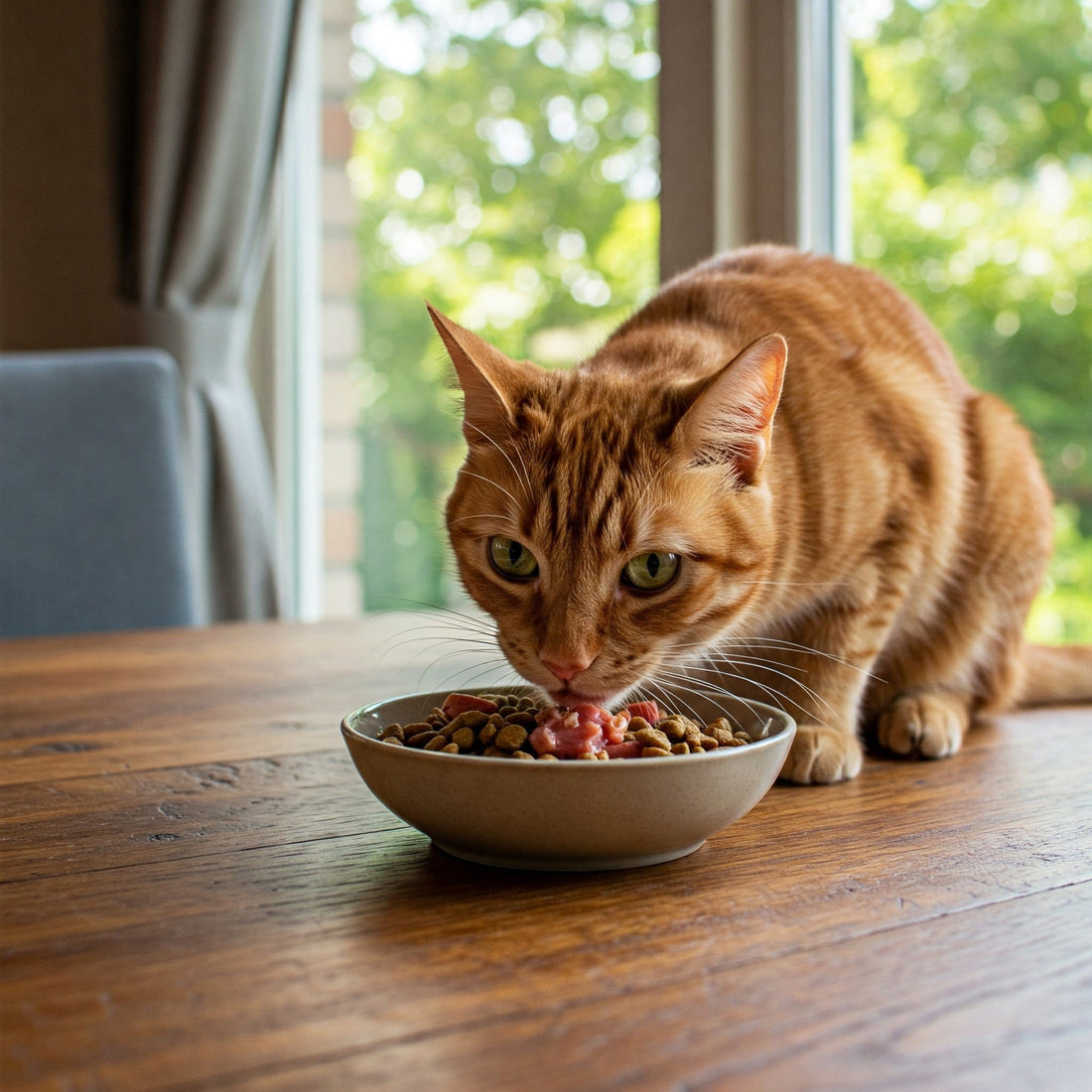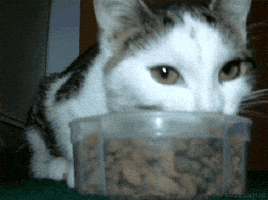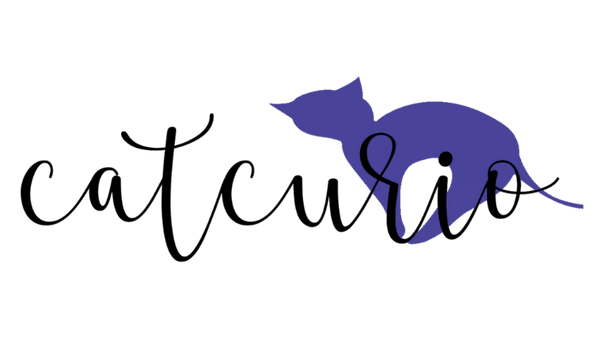
The Importance of a Balanced Diet for Your Feline Friend
Share
In the quiet rhythm of a cat’s life—the stretching in sunbeams, the meticulous grooming sessions, the bursts of playful energy—there exists an invisible thread connecting every aspect of their wellbeing to the food they consume. A cat’s diet is not merely about sustenance; it is the foundation upon which their health, vitality, and longevity are built. Unlike humans or even dogs, felines are obligate carnivores, a biological reality that shapes their unique nutritional needs in profound ways. Their bodies have evolved over millennia to thrive on specific nutrients found primarily in animal tissue, and any deviation from this evolutionary blueprint can ripple through their system with consequences both subtle and severe. The responsibility of choosing what to feed a cat, therefore, becomes an act of love that extends far beyond filling a bowl—it is an ongoing commitment to understanding the complex interplay between nutrients, life stages, and individual health requirements.

What Does Balanced Nutrition Actually Mean for Cats?
The essence of feline nutrition begins with protein, the cornerstone of their dietary needs. Cats utilize protein not just for muscle maintenance but as a primary energy source, breaking down amino acids in ways most mammals reserve for carbohydrates. Among these amino acids, taurine stands as perhaps the most critical—a compound found naturally in meat that cats cannot synthesize in sufficient quantities on their own. Without adequate taurine, a cat’s body begins to unravel in slow motion: vision deteriorates as the retina degenerates, heart muscles weaken, and reproductive failures occur. This is why quality animal-based proteins must form the bedrock of every meal, whether through commercial foods formulated with veterinary precision or carefully balanced homemade diets supervised by a nutritionist. The source matters deeply—muscle meats, organs, and bones each contribute different profiles of nutrients that collectively nourish a cat’s body in ways plant proteins simply cannot replicate.
Fat often carries negative connotations in human nutrition, but for cats, it serves as another vital energy source and carrier for fat-soluble vitamins. The omega-3 and omega-6 fatty acids found in fish oils, poultry fat, and other animal sources play crucial roles in maintaining skin health, promoting a glossy coat, and reducing inflammatory responses throughout the body. These fats also enhance palatability—a practical consideration for finicky eaters—while providing concentrated calories that support cats’ high-energy metabolism. Yet balance remains key; excessive fat without corresponding protein can lead to obesity, while deficiencies may manifest in dry skin, dull fur, and compromised immune function. The specific needs shift throughout a cat’s life—kittens require higher fat concentrations to fuel their rapid growth, while seniors may benefit from adjusted levels to maintain lean body mass without overtaxing aging organs.
Carbohydrates occupy a controversial space in feline nutrition. Unlike omnivores that efficiently convert carbs into energy, cats have limited metabolic pathways for processing plant-based ingredients. Their natural diet—small prey animals—contains only minimal carbohydrates, primarily from partially digested stomach contents. While healthy cats can tolerate moderate amounts of highly digestible carbs like rice or potatoes in commercial foods, excessive or poorly processed carbohydrates may contribute to weight gain, diabetes risk, and digestive upset. This becomes particularly relevant when examining dry kibble, where starch is often necessary for the manufacturing process. The moisture deficit in dry food presents another layer of complexity, as cats have a naturally low thirst drive evolved from obtaining most of their water intake through prey. Chronic dehydration from kibble-only diets may predispose cats to urinary tract issues and kidney strain over time, making water content an often-overlooked but critical component of dietary balance.

Vitamins and minerals perform countless behind-the-scenes functions that keep a cat’s body in harmony. Calcium and phosphorus must maintain a precise ratio to support bone health without stressing the kidneys—a balance naturally achieved when feeding whole prey or properly formulated commercial diets. Vitamin A, which cats cannot convert from plant-based beta-carotene like humans can, must come preformed from liver and other animal sources. B vitamins, particularly niacin and thiamine, play essential roles in energy metabolism and neurological function, while vitamin E acts as a powerful antioxidant protecting cells from damage. The interplay between these nutrients is delicate; too much of one can create deficiencies or toxicities in another, underscoring why haphazard supplementation without professional guidance often does more harm than good. This nutritional ballet becomes even more critical for growing kittens, reproducing queens, and aging cats whose systems have less margin for error.
Life stage nutrition recognizes that a one-size-fits-all approach cannot possibly serve a kitten, adult, and senior cat equally. The first year of life demands diets dense with calories, protein, and minerals to support the breakneck pace of feline development—a kitten’s weight may multiply twenty-five times in just twelve months, with bones, muscles, and organs all developing at speeds that leave no room for nutritional shortcuts. Adult maintenance diets shift focus to sustaining lean body mass while preventing the creeping weight gain that indoor lifestyles encourage. Seniors present their own mosaic of considerations—reduced calorie needs paired with potentially increased protein requirements to combat muscle loss, adjusted phosphorus levels to protect aging kidneys, and sometimes softer textures for dental challenges. Pregnancy and lactation create yet another nutritional profile, where queens may need two to three times their normal caloric intake to support growing litters without depleting their own reserves. Each transition between life stages should be gradual, allowing the digestive system and metabolism time to adapt without distress.
The rise of health-specific diets has transformed feline nutrition from generic feeding to targeted therapeutic strategies. Cats with chronic kidney disease benefit from reduced phosphorus and high-quality protein that minimizes waste products their kidneys must filter. Urinary health formulations carefully control mineral balances to discourage crystal formation while promoting hydration. Weight management diets focus on preserving lean muscle mass during calorie restriction—a critical distinction from simply feeding less, which might lead to nutrient deficiencies. Even hairball control blends leverage increased fiber to gently move ingested fur through the digestive tract rather than relying on frequent vomiting. These specialized foods are not marketing gimmicks but medical tools developed through extensive research, most effective when used under veterinary supervision to address diagnosed conditions rather than as preventative measures.

The great debate between commercial and homemade diets reflects deeper questions about control, quality, and convenience. High-quality commercial foods offer scientifically balanced nutrition with rigorous quality control, taking the guesswork out of meeting complex nutrient requirements—especially important for owners lacking veterinary nutrition expertise. Yet concerns about processing methods, ingredient sourcing, and recalls understandably drive some toward homemade alternatives. The latter path, while offering transparency and customization, carries significant risks if not approached with scholarly care—online recipes frequently lack complete nutrient profiles, and well-meaning owners may inadvertently create deficiencies or imbalances through innocent omissions. Those committed to homemade feeding must partner with veterinary nutritionists to formulate and periodically review diets, using supplements precisely calibrated to bridge nutritional gaps without causing dangerous excesses.
Hydration weaves through every aspect of feline nutrition as a silent determinant of health. Cats evolved in arid environments where free-standing water was scarce, developing systems that extract moisture efficiently from fresh prey. This legacy leaves many modern cats chronically underhydrated when fed dry diets, contributing to urinary concentration issues that may manifest as crystals, stones, or inflammation. Encouraging water intake becomes an art form—strategically placed fountains that appeal to a cat’s preference for running water, wide shallow bowls that avoid whisker stress, even ice cubes added to wet food for playful hydration. The moisture content in canned or raw diets alone often doubles or triples a cat’s daily water intake compared to kibble, illustrating why food choice directly impacts urinary and kidney health over a lifetime.
Treats and supplemental feeding walk a fine line between bonding ritual and nutritional sabotage. Those tiny morsels given in affection can quickly accumulate, displacing balanced meals with empty calories or creating dangerous imbalances—excessive fish-based treats may lead to thiamine deficiency over time, while liver snacks could cause vitamin A toxicity if overfed. The healthiest treats are simply portions of the cat’s regular diet reserved for rewarding interaction, though commercial treats used sparingly can serve as useful training tools or medication vehicles. More insidious are the table scraps and shared human foods that may contain hidden dangers—onions and garlic causing anemia, chocolate posing toxic risks, or fatty meats triggering pancreatitis. The occasional plain cooked meat morsel may do little harm, but habitual sharing undermines dietary balance while reinforcing begging behaviors that strain the human-animal bond.
The consequences of poor nutrition unfold across years rather than days, making cause and effect difficult to recognize until damage accumulates. Obesity’s insidious progression masks its status as a disease rather than cosmetic concern—excess weight stresses joints, promotes diabetes, and reduces life expectancy by up to two years. Dental disease flourishes when diets lack appropriate textures to mechanically clean teeth, while all-soft foods may spare aging teeth only to accelerate tartar buildup. Chronic low-grade dehydration from dry diets may predispose kidneys to fail earlier, just as consistently unbalanced mineral profiles could encourage crystal formation in susceptible individuals. Even a shiny coat and bright eyes may mask subclinical deficiencies gradually eroding organ reserves, waiting to manifest as crisis during illness or stress when nutritional margins matter most.
Selecting the right food amidst supermarket aisles overflowing with options requires decoding marketing to find substance. Terms like “natural” and “premium” lack legal definition, while “grain-free” addresses a non-issue for most cats unless specifically allergic. The more meaningful information lives in the guaranteed analysis and ingredient list—named animal protein sources high on the list, appropriate life stage designations, and nutritional adequacy statements from organizations like AAFCO. Price often reflects ingredient quality and research investment, though the most expensive option isn’t automatically best for every cat. Transitioning between foods should always be gradual across seven to ten days, mixing increasing amounts of the new food to allow digestive enzymes and gut flora time to adjust without provoking diarrhea or food aversions.
The emotional weight of feeding choices resonates deeply with cat guardians who want only the best for their beloved companions. Guilt over budget constraints, confusion from conflicting online advice, and fear of making wrong decisions can paralyze even well-intentioned owners. Yet perfection is not the goal—awareness and consistent effort are. A mid-range commercial diet fed with love and attention to portion control often outperforms an expensive “perfect” food given inconsistently or in excess. Regular veterinary checkups catch early signs of nutritional imbalances before they escalate, while body condition scoring at home helps adjust quantities before weight creeps upward. The most nourishing diet of all combines appropriate food with mental stimulation, affection, and an environment where cats feel safe—because stress and loneliness can undermine health as surely as any nutrient deficiency.

In the quiet moments when a cat curls contentedly after a meal, eyes half-closed in satisfaction, we glimpse the profound truth that feeding is more than biology—it is an ongoing conversation between caregiver and companion, a daily reaffirmation of care translated into nourishment. The bowl placed down each morning and evening becomes a covenant honoring the feline body’s exquisite design, respecting their evolutionary legacy as hunters while adapting to modern life’s realities. To feed a cat well is to study their individual needs as carefully as any wild predator would study prey—observing energy levels, coat quality, litter box habits, and subtle behavioral cues that signal whether the current diet truly serves them. This attentiveness, more than any particular brand or formulation, embodies the deepest meaning of balanced nutrition—the gift of health offered one carefully considered meal at a time.
